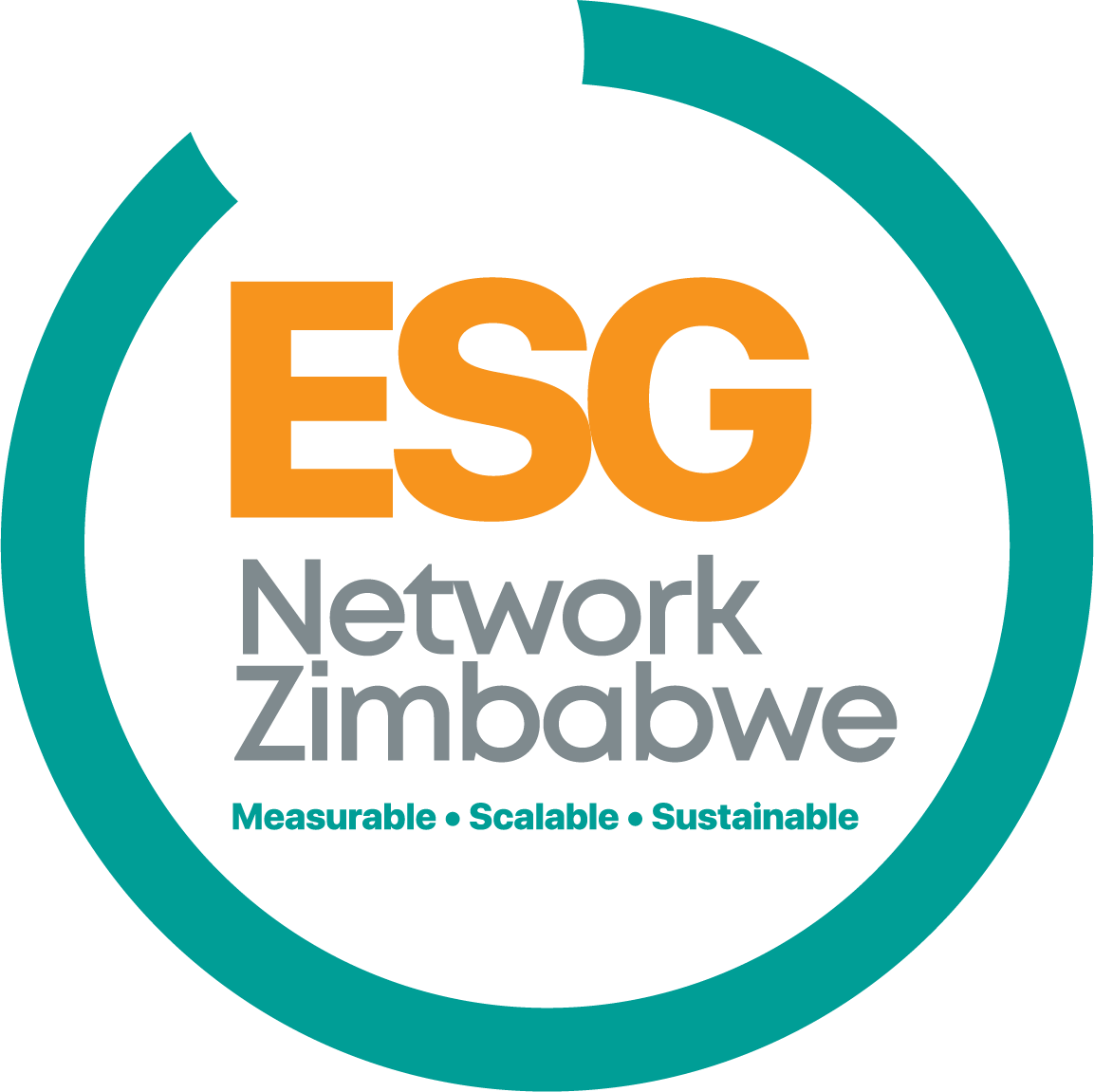Unlocking Green Finance in Zimbabwe: Opportunities Beyond Traditional Funding
Welcome to the first article of our series focused on Navigating Emerging ESG Imperatives for Zimbabwean Businesses! In these articles, we will explore critical Environment, Social, and Governance (ESG) topics that are not just global trends but immediate strategic necessities for organizations operating in Zimbabwe.
Today, we kick off by delving into a topic of immense importance for businesses looking towards a sustainable future: Green Finance. As our economy continues to evolve and global focus shifts towards sustainability, understanding and accessing green finance mechanisms is no longer a niche interest, but a strategic imperative that can redefine growth paths for Zimbabwean enterprises.
What is Green Finance? Beyond the Buzzword
At its core, Green Finance refers to financial products and services specifically designed to support environmentally sustainable projects and initiatives. It’s about channeling capital towards activities that yield positive environmental outcomes, contribute to climate change mitigation and adaptation, and promote a greener economy.
Unlike traditional loans, green finance instruments come with specific criteria that ensure the funds are used for environmentally sound projects. This commitment often translates into:
- Renewable Energy: Funding for solar, mini-hydro, wind, and geothermal projects.
- Energy Efficiency: Investments in technologies and practices that reduce energy consumption in buildings, industrial processes, and transport.
- Sustainable Agriculture: Financing for practices that enhance soil health, reduce water usage, and promote biodiversity.
- Waste Management: Support for recycling, waste-to-energy, and circular economy initiatives.
- Green Buildings: Funding for the construction or renovation of environmentally friendly structures.
- Sustainable Transport: Investments in electric vehicles, public transport infrastructure, and other low-carbon transport solutions.
Key Instruments You Should Know:
- Green Bonds: Debt instruments where the proceeds are exclusively used to finance or re-finance eligible green projects.
- Sustainability-Linked Loans (SLLs): Loans where the interest rate is tied to the borrower’s achievement of pre-defined sustainability performance targets.
- Blended Finance: Combining concessional finance (e.g., from development banks or climate funds) with commercial finance to de-risk green projects and attract private investment.
- Climate Funds: International funds (like the Green Climate Fund, GCF) that provide financial support for climate action in developing countries. Zimbabwe’s Infrastructure Development Bank of Zimbabwe (IDBZ) is an accredited entity to the GCF, playing a crucial role.
The Zimbabwean Context: Why Now is the Time for Green Finance
Zimbabwe faces pressing environmental challenges, from climate change impacts like droughts and floods to energy deficits and waste management issues. Simultaneously, there’s a growing recognition of the need for sustainable development. This creates both a demand for green solutions and a significant opportunity for green finance.
- Policy Support: The Zimbabwean government, through initiatives like the National Climate Change Policy and Nationally Determined Contributions (NDCs), signals a commitment to green growth, creating a more favorable environment for green investments.
- Investor Appetite: Global investors, including Development Finance Institutions (DFIs) and institutional investors, are increasingly prioritizing ESG criteria and seeking out green investment opportunities in emerging markets like Zimbabwe.
- Sectoral Potential: Key sectors in Zimbabwe, such as agriculture, mining, tourism, and energy, have immense potential for green transformation, offering attractive investment prospects. Imagine the impact of solar irrigation systems or sustainable tourism ventures!
- Local Financial Sector Evolution: The Reserve Bank of Zimbabwe (RBZ) has commendably noted the progress by local banking institutions in adopting sustainable banking practices. A December 2024 survey revealed that 56% of banking institutions have integrated sustainability into their business models, with 32% having board-approved sustainable finance policies. This signals a growing local capacity and willingness to engage with green financing.
Navigating the Path: Opportunities and Overcoming Hurdles
While the potential is significant, Zimbabwean organizations may face challenges in accessing green finance. These can include:
- Lack of Awareness and Capacity: Many businesses may not fully understand green finance mechanisms or how to structure “green” projects.
- Data & Reporting Gaps: Difficulty in measuring and reporting on the environmental impact of projects to meet investor requirements.
- Perceived Risk: Investors may perceive higher risks in emerging markets, necessitating robust project preparation.
How to Position Your Organization:
- Identify Your Green Projects: Start by thoroughly assessing your operations to identify areas where environmental improvements can be made and generate positive impact. This could be anything from installing solar panels, implementing water recycling, adopting sustainable agricultural practices, or investing in energy-efficient equipment.
- Quantify Your Impact: Begin collecting data on your environmental footprint (e.g., energy consumption, water usage, waste generated). This data is crucial for demonstrating the “green” credentials of your projects and attracting investors.
- Build Internal Capacity: Invest in training for your teams on ESG principles, project development for green initiatives, and understanding green finance requirements.
- Engage with Local Institutions: Reach out to local financial institutions (e.g., IDBZ, and commercial banks that have integrated sustainability) to understand their green finance offerings and explore potential partnerships.
- Explore the ZSE Victoria Falls Exchange (VFEX): The VFEX is actively positioning itself as a platform for attracting capital, and while specific green bonds on VFEX are still emerging, the regulatory framework is in place (e.g., ZSE Green and Social Bonds Principles) to facilitate such listings in the future. This presents a unique opportunity for larger Zimbabwean corporates to tap into international capital for green projects.
Call to Action:
We encourage your organization to conduct an initial internal assessment:
- What are your current environmental impacts?
- Which of your existing or planned projects could be classified as “green”?
- What data do you currently collect that could support a green finance application?
Understanding your potential is the first step towards unlocking the transformative power of green finance for your business and for Zimbabwe’s sustainable future.
Stay tuned for Day 2, where we will explore “The Double Materiality Imperative: Linking ESG to Financial Value in Zimbabwe” and how understanding this concept is crucial for strategic decision-making.
Stay Connected:
Thank you for joining us on this sustainability journey. Stay connected with us for more insights, best practices, and regulatory updates.
Please contact us at on admin@esgnetworkzimbabwe.co.zw, or simply call us on 0774768895/ +263882900740.
Follow us on social media to stay updated on the latest ESG news, events, and resources





